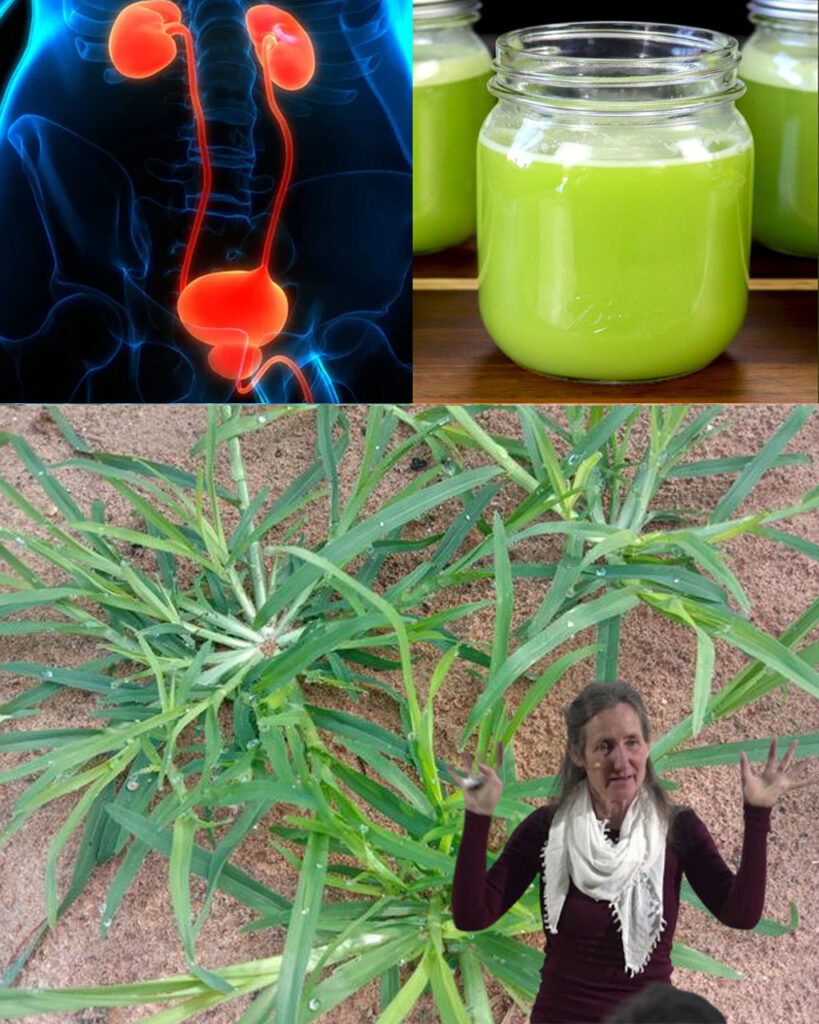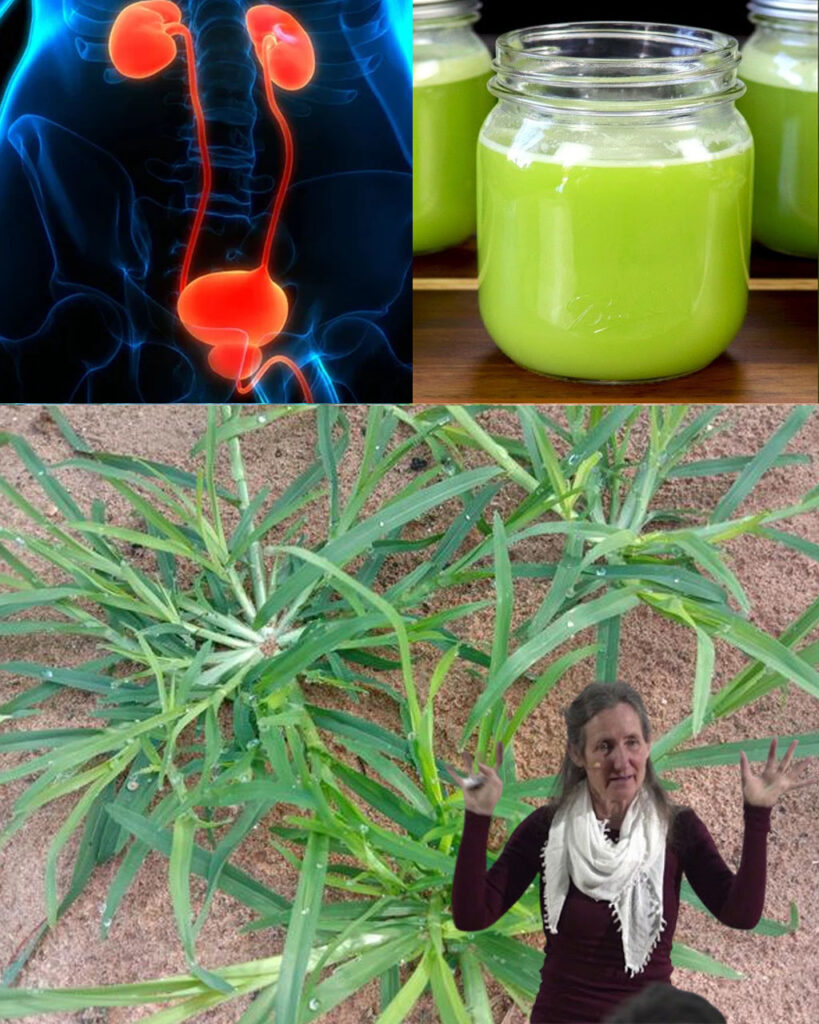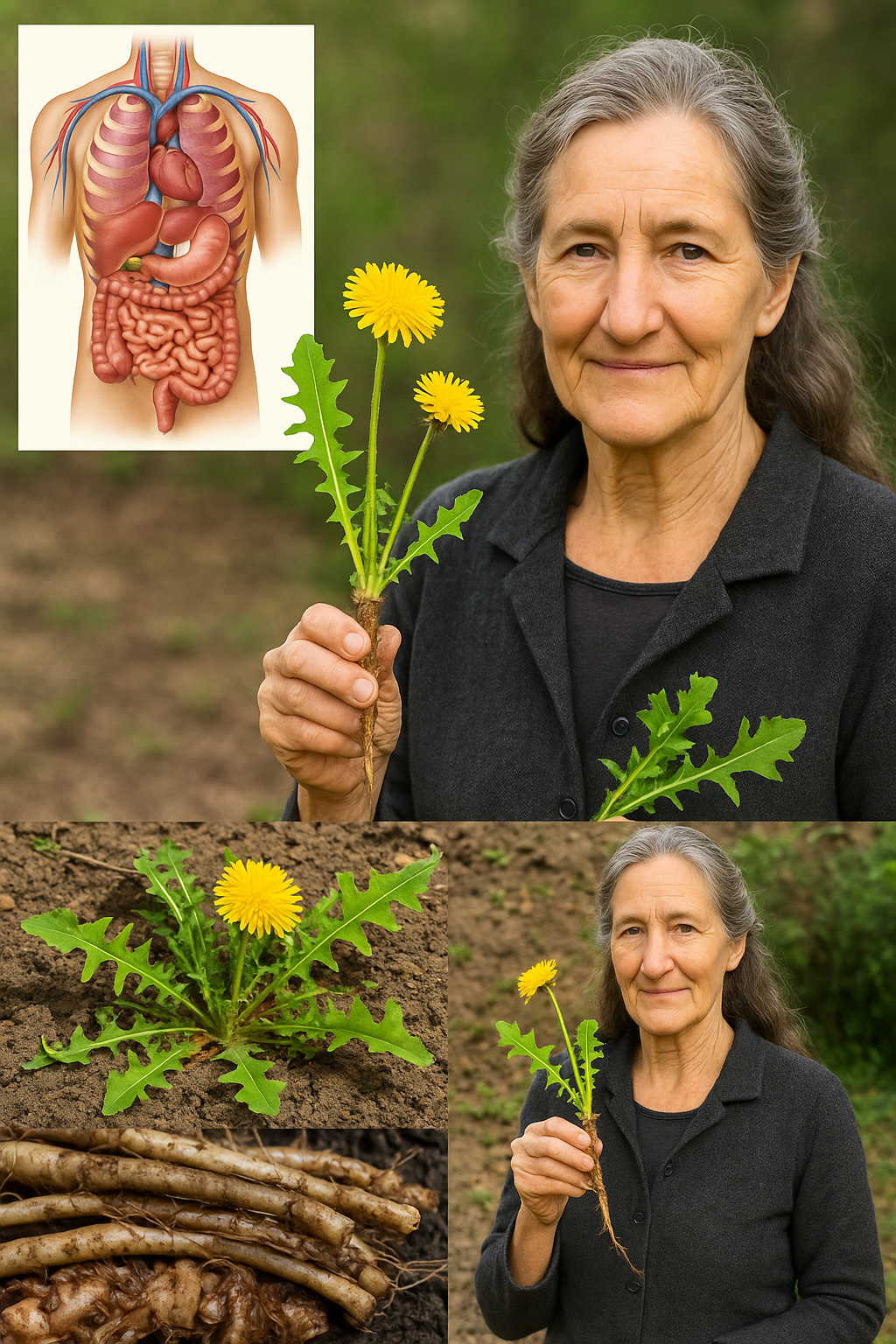At first glance, Goose Grass might seem like nothing more than a pesky weed — clinging to your clothes and creeping along the garden fence. But beneath that rough exterior lies a potent herbal ally with centuries of traditional use and an impressive resume of therapeutic benefits.
Also known as cleavers or Galium aparine, this plant isn’t just a survivor — it’s a healer. From cleansing the lymphatic system to soothing the skin and flushing toxins through the kidneys, Goose Grass is a forgotten powerhouse in the world of natural remedies. If you’re searching for an affordable, easy-to-source plant with deep detoxifying potential, this might just be the green solution you’ve been looking for.
Let’s explore how to identify, harvest, prepare, and safely use Goose Grass to support your body from the inside out.

🌱 How to Identify Goose Grass in Your Yard
Before you can use it, you need to know what it looks like:
✅ Slender, sprawling stems that tangle together in mats
✅ Tiny, star-shaped greenish-white flowers during bloom
✅ Leaves arranged in whorls of 6–8, narrow and pointed
✅ Velcro-like texture with tiny hooks on stems and leaves — this is how it clings to clothing and animal fur
Look for Goose Grass in hedgerows, gardens, meadows, or shaded forest edges. It thrives in disturbed soil and grows aggressively during spring and early summer.
⏳ Best Time to Harvest
Spring is the ideal season to harvest Goose Grass — just before flowering, when its young shoots are vibrant and full of vitality. Once it flowers, the stems become fibrous and less effective medicinally.
✂️ Clip the top third of the plant with clean scissors. Avoid harvesting near roadsides or polluted areas, as the plant may absorb contaminants.
🧼 Preparation and Storage
Once harvested, rinse thoroughly under cool running water to remove dirt and insects.
There are two main ways to prepare Goose Grass:
1️⃣ Use Fresh: You can consume it raw (blended into juices) or crushed for topical application.
2️⃣ Dry for Storage: Tie small bunches and hang them upside down in a dry, well-ventilated room away from direct sunlight. Once crisp, store in airtight jars.
🍵 How to Make Goose Grass Tea for Detox
This tea is a gentle yet powerful cleanser for your kidneys, blood, and lymph system.
🫖 Ingredients:
– 2 teaspoons dried Goose Grass (or 4 tsp fresh)
– 1 cup boiling water
🕒 Steep for 10 minutes, strain, and drink up to 3 times a day for 7–10 days. This is especially helpful during seasonal changes, illness recovery, or after exposure to toxins.
🩺 Common uses: lymph swelling, sluggish immune response, water retention, and mild skin breakouts.
🌸 Top Therapeutic Benefits
🛡️ 1. Lymphatic Cleanser
Goose Grass is best known as a lymphatic tonic. By stimulating lymph flow, it helps eliminate waste, reduce puffiness, and support immune defenses.
💧 2. Natural Diuretic for Kidney Health
It encourages urination without depleting potassium, flushing the kidneys gently while easing bloating, urinary tract infections, and early-stage kidney stones.
🧴 3. Skin Soother
Apply fresh crushed Goose Grass directly to the skin or use it as a poultice for rashes, insect bites, acne, eczema, and minor wounds. Its cooling, anti-inflammatory properties reduce irritation quickly.
💇 4. Herbal Hair Rinse
Boil a handful in water for 15 minutes, cool, and use as a hair rinse to strengthen follicles and add shine. The natural silica in Goose Grass helps reinforce hair structure.
🔥 5. Metabolism and Weight Support
While not a miracle weight loss solution, its mild diuretic effect can help reduce water retention. When combined with healthy diet and movement, it supports light detoxification and metabolic balance.

⚠️ Precautions to Keep in Mind
👃 Allergy Check: Always do a patch test when using it topically for the first time. Crush a bit of the plant and apply it to a small area of skin. Wait 24 hours.
💊 Medication Interactions: If you take diuretics, lithium, or blood pressure medications, consult your doctor. Goose Grass may enhance diuretic effects.
🤰 Pregnancy and Breastfeeding: Not enough research exists to confirm safety, so avoid during these periods unless guided by a professional herbalist.
🧪 Safe Dosage: Stick to 1–3 cups of tea daily, no longer than 2 weeks at a time. Prolonged use may overstimulate the kidneys in sensitive individuals.
🧠 Why Add Goose Grass to Your Herbal Routine?
Because it’s:
✔️ Widely available in gardens and wild areas
✔️ Easy to harvest and prepare
✔️ Gentle on the system with low risk of side effects
✔️ A natural multitasker supporting multiple detox pathways
This plant’s subtle power makes it perfect for those seeking holistic, sustainable wellness solutions without harsh side effects. Whether you’re clearing your skin, easing bloating, or simply wanting to support your immune system, Goose Grass can quietly deliver.
🌿 Final Thoughts: A Wild Weed Worth Remembering
It’s time to stop overlooking the simple herbs growing underfoot. Goose Grass proves that sometimes, the most effective remedies don’t come from pharmacies — they come from the earth.
With proper knowledge and safe practices, this clinging, sticky weed becomes a trusted friend in your journey toward better health.
Next time you spot a patch of Goose Grass in your yard, don’t reach for the weed killer. Reach for your basket — and give this powerful plant a second look.


